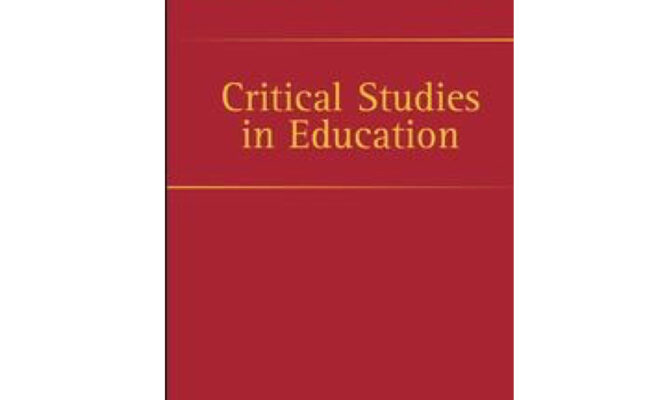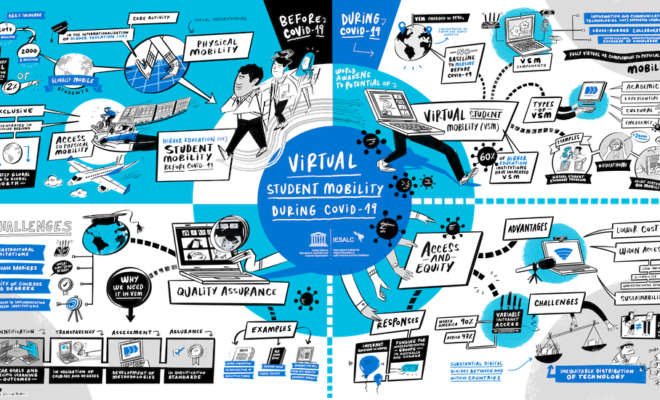Governing by visual shapes: university rankings, digital education platforms and cosmologies of higher education

University rankings have been central to higher education policies for at least the last three decades. They have become commonplace. The international magazine Critical Studies in Education, published the following article: “Governing by visual shapes: university rankings, digital education platforms and cosmologies of higher education” , in February 2020.
This article presents an innovative university evaluation platform that seeks to go beyond the traditional mechanisms that classify higher education institutions by their ranking score. U-Multirank provides a visual, multidimensional way of ranking for Higher Education Institutions (HEI) that aims to take into account the diversity that exists in the sector, and the complexity of evaluating educational performance. It proposes a reform of the rankings and the creation of new forms of authority and control, that is, specific forms of government for digital educational platforms.
It does so through online questionnaires, in which the universities that have decided to participate in the U-Multirank provide data on the institution as a whole and on the departments that offer degree programs related to the selected subject areas. Afterwards, their team thoroughly verifies the data, applying automatic and manual verifications to determine consistency and plausibility. After all data submissions are completed and considered to be valid and complete, the indicator scores are calculated following the definitions provided in the U-Multirank indicator books: Indicator Book 2019.
Mathias Decuypere of the Department of Social and Human Sciences and Cultural Heritage of the Catholic University of Leuven, Belgium (KU Leuven, Belgium), and Paolo Landri of the Institute of Research on Population and Social Policies at National Research Council in Italy (CNR-IRPPS), are the authors of this article.
To read the full article click on the following link
RELATED ITEMS








